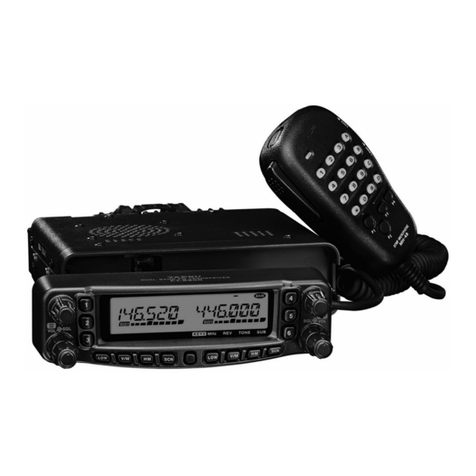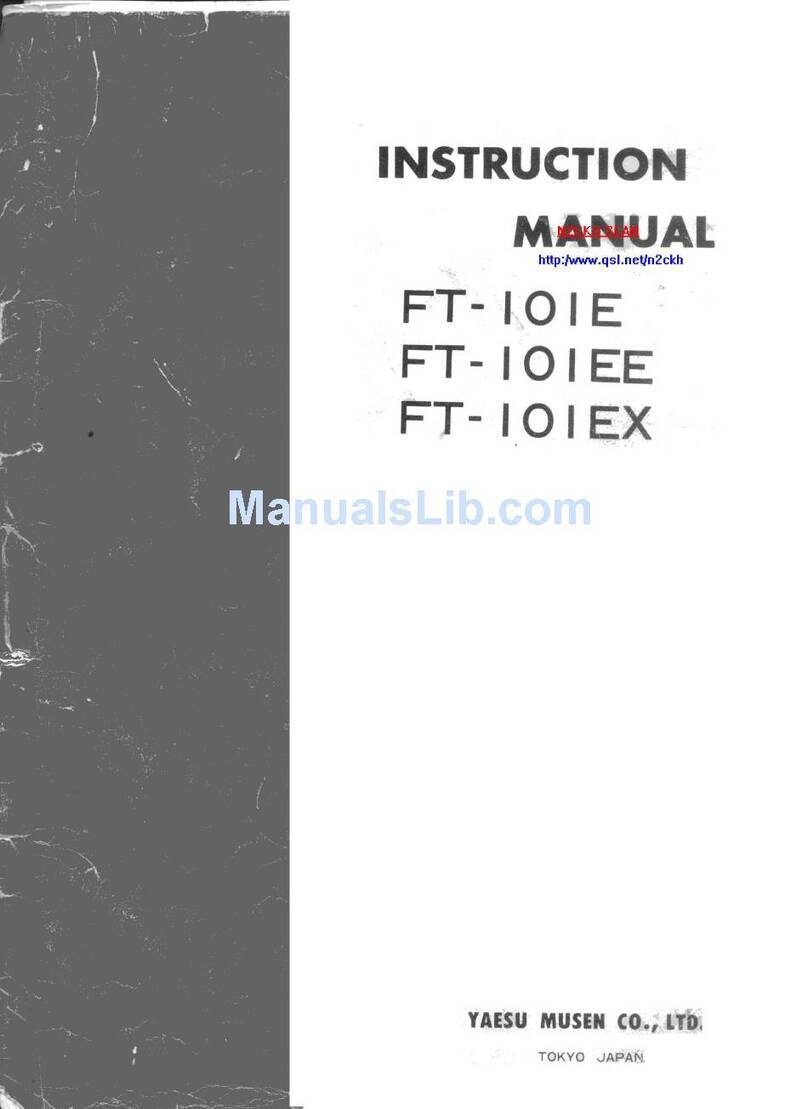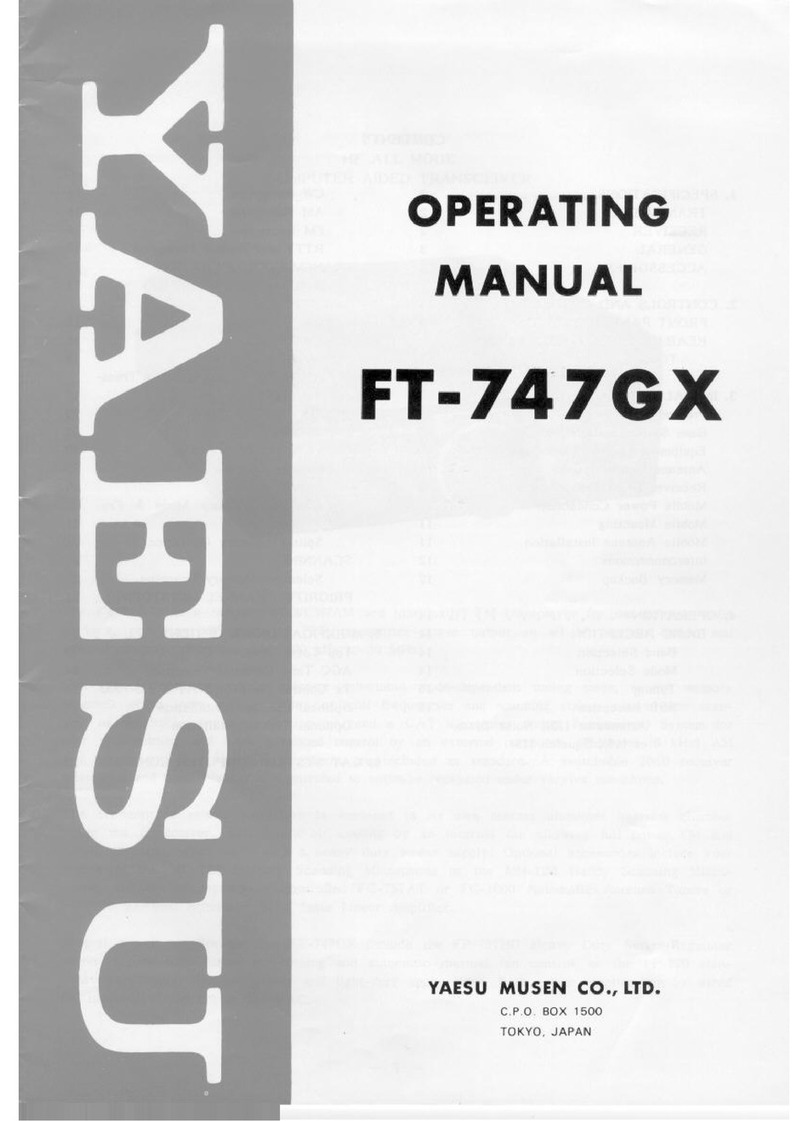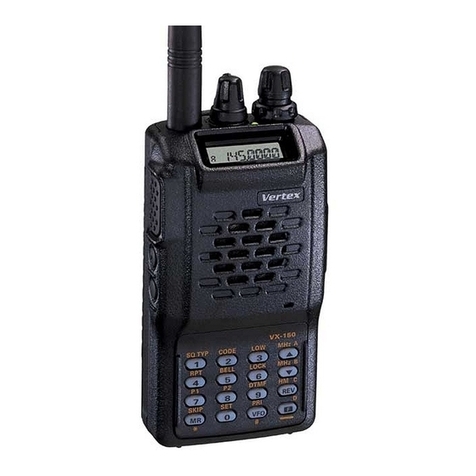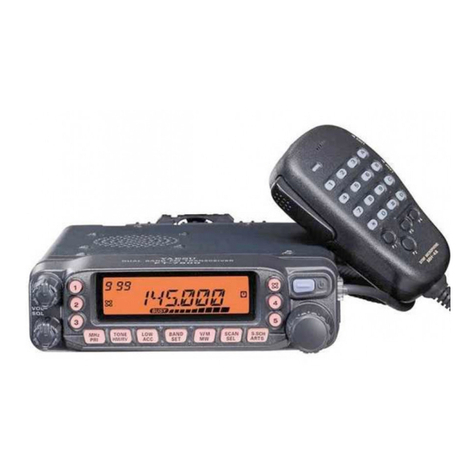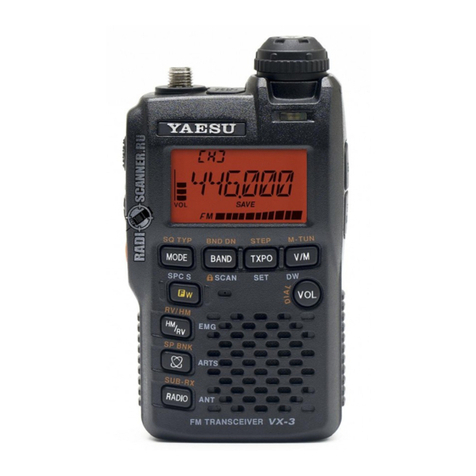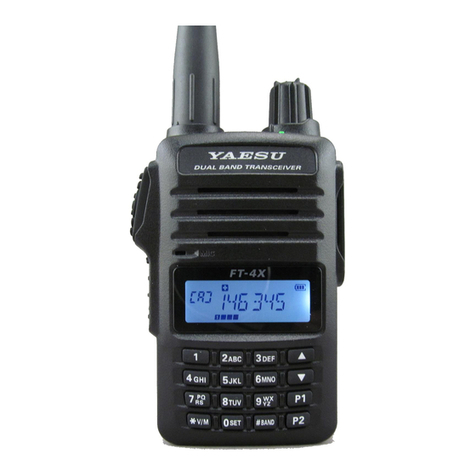
Contents
Important Notice! .......................................................... 1
Introduction ................................................................... 2
Accessories & Options ................................................ 3
Control & Connectors .................................................. 5
Top Panel ........................................................................... 5
Front Panel ......................................................................... 6
Side Panel .......................................................................... 7
Keypad ............................................................................... 8
LCD Display ...................................................................... 9
Before You Begin ........................................................ 10
Precautions ....................................................................... 10
Belt Clip Installation ........................................................ 10
Battery Installation and Removal .................................... 11
Battery Charging .............................................................. 12
Low Battery Indication .................................................... 13
Installing the FBA-25A Alkaline Battery Case ............... 13
Basic Operation .......................................................... 14
Preliminary Steps ............................................................. 14
Operation Quick Start ...................................................... 14
Squelch Adjustment ......................................................... 15
Accessing the 121.5 MHz Emergency Frequency ........... 16
Transmission .................................................................... 16
Advanced Operation .................................................. 17
Tuning Methods ............................................................... 17
Reception of Weather Channel Broadcasts ...................... 18
Monitor Switch ................................................................ 19
ANL (Automatic Noise Limiter) Feature ........................ 19
Temperature/battery Voltage Display .............................. 20
LOCK Function ............................................................... 21
Beep On/Off ..................................................................... 21
Receive Battery Saver Setup ........................................... 22
Changing the Channel Steps ............................................ 23
Pitch Control .................................................................... 24
VOX Operation ................................................................ 25
PA Operation .................................................................... 26
Timer Operation ............................................................... 28
Memory Operation ...................................................... 30
Memory System Operation .............................................. 30
Memory Storage .............................................................. 30
Recalling the Memories ................................................... 31
Scanning Operation ................................................... 32
Dual Watch Operation ................................................ 34
Priority Dual Watch Operation .................................. 35
VOR Navigation .......................................................... 36
To Select the DVOR Mode .............................................. 37
Flying to a VOR Station .................................................. 38
Entering a Desired Course ............................................... 40
Position Cross-checking .................................................. 41
Split Operation ................................................................. 42
Programming the USER Key Assignment ................ 43
Field Programming Mode .......................................... 44
CPU Resetting ............................................................. 45
Menu (“Set”) Mode ..................................................... 46
Specications ............................................................. 54
Troubleshooting ......................................................... 56
Book Memory Channel List ....................................... 57
NOTICE
There are no user-serviceable points inside this
transceiver. All service jobs must be referred to
your Authorized Service Center.



